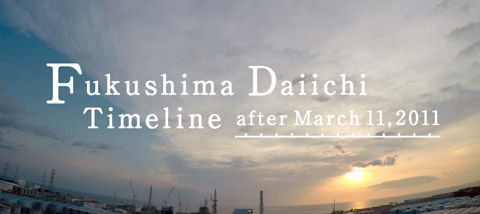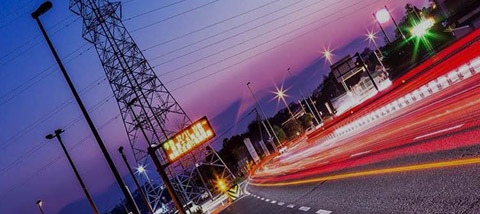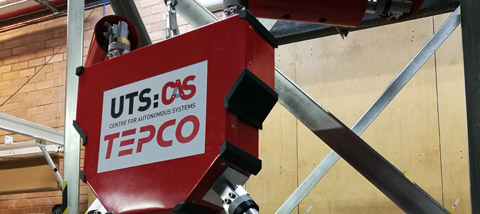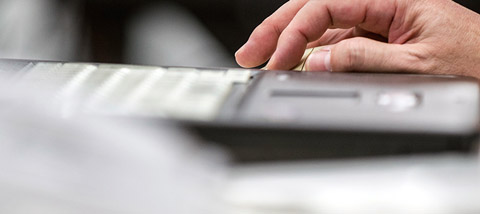Important Report from TEPCO
The Tokyo Electric Power Company, Incorporated, would like to make comments on subjects that are reported by the newspapers, TV or websites.
Responses to Questions about Fukushima Daiichi NPS Unit 4 Fuel Removal
November 18, 2013
Regarding fuel removal from Fukushima Daiichi NPS Unit 4, we are asked questions arising from concerns about the soundness of the Reactor Building and the spent fuel pool, anxiety about the fuel removal, etc. We would like to provide answers and explanations to representative questions.
Outline of the fuel removal from the spent fuel pool
The fuel assemblies stored in the fuel rack inside the Unit 4 spent fuel pool are to be taken out and transferred to the common pool located within the station site for centralized storage. This fuel removal operation starts on November 18, 2013 and will be conducted with the following steps. Its completion is scheduled for the end of 2014.
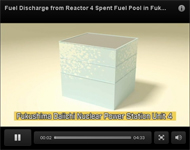
Fuel Discharge from Reactor 4 Spent
Fuel Pool in Fukushima Daiichi NPS
(October 30, 2013)
- (1)Relocate the fuel assemblies stored in the fuel rack inside the spent fuel pool, one by one, into a transportation container (cask) under water using a fuel handling machine.
- (2)Lift up the cask from the spent fuel pool using a crane.
- (3)Conduct, on the floor as high as the operating floor, such works as closing the lid of the cask and decontaminating the cask.
- (4)Lift down the cask toward the ground using the crane to lay it on a trailer.
- (5)Transport the cask to the common pool using the trailer.
Q1. What are the differences from fuel exchange conducted before the accident?
A. The hydrogen explosion caused a multitude of debris to fall down into the spent fuel pool. Large pieces of debris were removed. Although small pieces of debris were also removed as far as possible, there are still small pieces of debris trapped in a gap approximately 13 mm wide between the fuel assemblies and the rack containing the assemblies. We therefore consider there is a possibility that a fuel assembly may get caught by such debris when being removed, which could make the fuel removal difficult.
For this reason, we will make sure that the fuel removal is carried out with extremely careful attention until a fuel assembly is taken out of the rack. Specifically, a fuel assembly should be lifted up more slowly than in the case of typical fuel exchange, and should be stopped and brought back down onto the floor if there is a sign that it got caught by debris while being lifted up.
Q2. Does a fuel assembly not fall off the fuel handling machine?
A. We have multilayered falling-off prevention measures to prevent falling off of a fuel assembly in a single accident. A device used for taking out a fuel assembly has double wire ropes, and has a structure that would keep the fuel-assembly gripping hook from opening in case of accidental shutdown of the power supply when the device is in operation.
We will make sure that the operation is conducted with only one fuel assembly handled at one time so that an occurrence of criticality can be prevented in the handling of fuel assemblies, and with a water depth sufficient for preventing excessive radiation exposure of workers. Please note that we have confirmed that falling off of only one fuel assembly does not result in recriticality even in case the falling off should happen.
Q3. Do the Reactor Building and the cover for fuel removal assembly have sufficient seismic resistance?
A. The Unit 4 Reactor Building was damaged by the hydrogen explosion, and a seismic safety evaluation was carried out thereafter in December 2012. This evaluation confirmed that the seismic resistance of the Reactor Building including the spent fuel pool is sufficient to the extent that it would withstand an earthquake equivalent to the Tohoku-Chihou-Taiheiyou-Oki Earthquake (with an intensity of 6 upper). Further, the cover for fuel removal was designed to be resistant to an earthquake 1.5 times as powerful as the standard earthquake stipulated in the Building Standards Act, and an evaluation of the cover's safety against the basic earthquake ground motion confirmed that the Reactor Building, the spent fuel pool, and the spent fuel rack would not be affected by damage to the cover. Also, the cover for fuel removal was designed to have a sufficient safety allowance for seismic resistance so as not to affect the Reactor Building, the spent fuel pool, and the spent fuel rack in case of an earthquake equivalent to the Tohoku-Chihou-Taiheiyou-Oki Earthquake (with an intensity of 6 upper).
Back to list









